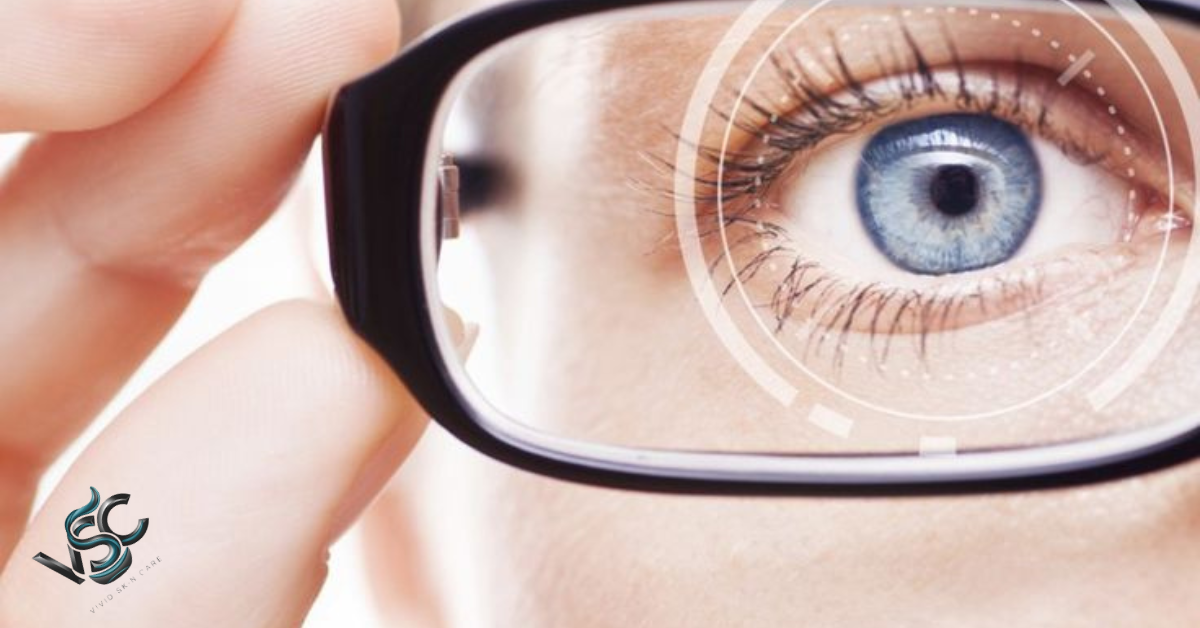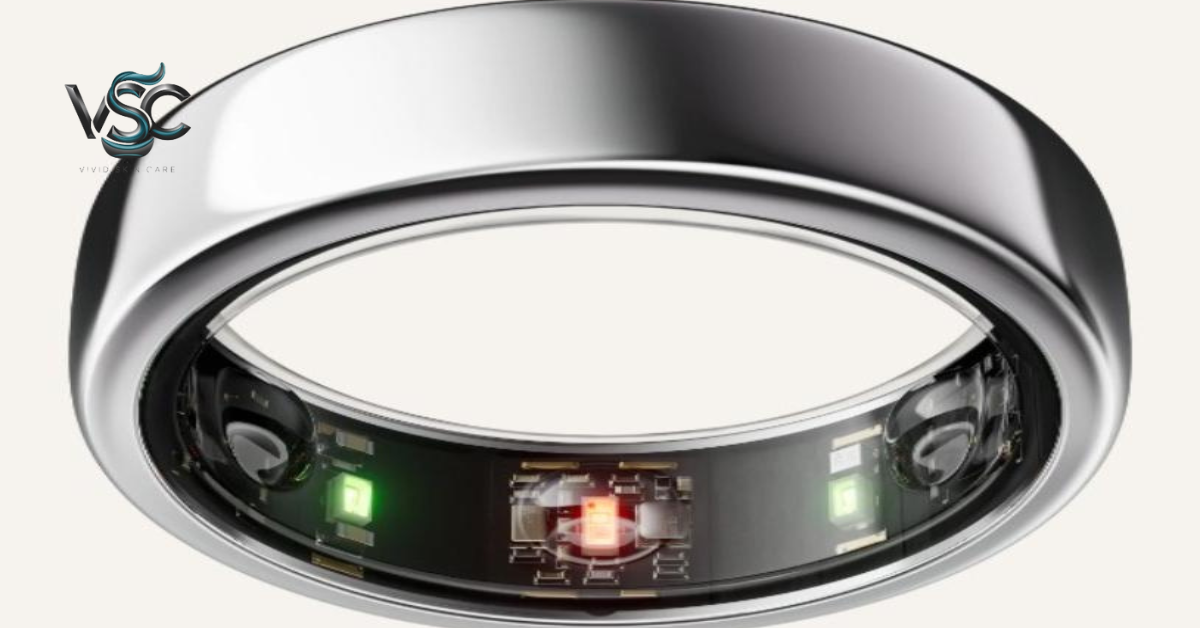Cylindrical eyesight, better known as astigmatism, is a common vision issue affecting millions. It occurs when the cornea or lens isn’t perfectly round, leading to blurry or distorted vision. This guide dives deep into what causes cylindrical eyesight, the impact it has on vision, and the available treatment options to correct it.
What Is Cylindrical Eyesight?
Astigmatism happens when the cornea or lens of the eye has an irregular curve, causing light to focus unevenly on the retina. In normal vision, the eye’s surface is round like a ball, allowing light to be evenly distributed and focused on one point at the back of the eye. However, when the shape is more like a football, light is scattered in multiple directions, resulting in blurred or stretched-out vision.
Common Symptoms of Cylindrical Eyesight
People with cylindrical eyesight may experience a variety of symptoms, which vary depending on how severe the condition is. Here are some of the most common signs:
- Blurred vision at any distance
- Headaches and eye discomfort, especially after focusing on something for a long time
- Trouble seeing clearly in dim light or at night
- Feeling eye strain or tired eyes after reading or using devices
- Squinting to try and improve focus
- In rare cases, experiencing double vision
If you notice these symptoms, it’s best to schedule an eye exam to get a clearer diagnosis.
What Causes Cylindrical Eyesight?
Astigmatism can occur due to several factors, but it generally comes down to how the eye’s surface is shaped. There are two main types of astigmatism: corneal (caused by the cornea’s shape) and lenticular (caused by the lens).
Inherited Traits
Most cases of astigmatism are genetic and present from birth. If your parents have astigmatism, you’re more likely to develop it, as eye shape tends to be inherited.
Injuries or Surgery
An injury to the eye or surgery, such as cataract removal, can change the shape of the cornea, leading to astigmatism. This can result in a misshapen cornea that disrupts the way light focuses on the retina.
Keratoconus
Keratoconus is a condition where the cornea gradually thins and takes on a cone shape, leading to severe astigmatism. This rare disorder usually develops in young adulthood and requires specialized treatment.
Age-Related Changes
As we grow older, the eye’s natural lens may lose its shape, causing astigmatism. Conditions like cataracts can also contribute to changes in vision as they affect the lens.
How Does Cylindrical Eyesight Affect Your Vision?
Astigmatism affects vision by scattering light across the retina instead of focusing it directly on one spot. As a result, the images your brain processes can appear blurry, stretched, or fuzzy.
Blurry Vision at All Distances
Astigmatism makes objects appear blurred or distorted, whether they’re close or far away. This distortion can be particularly bothersome when doing tasks that require sharp focus, like reading or working on a computer.
Eye Strain and Discomfort
People with astigmatism often squint or strain their eyes to focus better, leading to frequent eye strain and even headaches. Extended periods of focusing on screens or reading can make these symptoms worse.
Double Vision in Severe Cases
In severe cases, astigmatism can lead to double vision or seeing overlapping images. This occurs when light hits multiple points on the retina due to the irregular curvature of the eye.
How Is Cylindrical Eyesight Diagnosed?
Astigmatism is usually detected during a routine eye exam. A few different tests help determine whether someone has cylindrical eyesight and how severe it is.
Visual Acuity Test
This is the standard test where you read letters from an eye chart. It helps measure how sharp your vision is and whether you have refractive issues like astigmatism.
Keratometry
A keratometer measures the curvature of your cornea by analyzing how light reflects off it. This helps determine the degree of astigmatism based on the cornea’s shape.
Corneal Topography
This advanced test maps the surface of your cornea in detail, showing irregularities in its shape. It’s particularly helpful for diagnosing complex conditions like keratoconus.
Treatment Options for Cylindrical Eyesight
Astigmatism is usually manageable with simple treatments, from wearing corrective lenses to more advanced surgical solutions. The right choice depends on your lifestyle and the severity of your astigmatism.
Eyeglasses
Eyeglasses are the most common solution for mild to moderate astigmatism. Special lenses are used to counteract the eye’s irregular curvature, allowing light to focus correctly on the retina.
Contact Lenses
Contact lenses, especially toric lenses, are designed to correct astigmatism by compensating for the irregular shape of the cornea or lens. Contact lenses are a great option for those who prefer not to wear glasses.
Laser Eye Surgery
For individuals with more severe cases of astigmatism, laser eye surgery like LASIK or PRK may offer a permanent fix. These procedures reshape the cornea, allowing light to focus properly on the retina. Surgery is usually considered after other corrective measures have been explored.
Orthokeratology (Ortho-K)
This non-surgical option uses specially designed lenses that you wear overnight to gently reshape the cornea. The effect is temporary but can provide clear vision throughout the day without the need for glasses or contacts.
Lens Implants
For those with severe astigmatism or who aren’t candidates for laser surgery, cylindrical lens implants may be recommended. These lenses are surgically inserted into the eye to permanently correct the irregular curvature.
Ways to Prevent Astigmatism from Getting Worse
While you can’t always prevent astigmatism, regular eye care can help keep your vision in good condition:
- Annual eye exams to monitor changes in your eyesight
- Using protective eyewear during activities that could injure your eyes
- Maintaining a balanced diet with nutrients like vitamin A and omega-3 fatty acids that support eye heal
Living with Cylindrical Eyesight: Managing Everyday Challenges
While cylindrical eyesight can impact your day-to-day life, it’s manageable with the right strategies. Many people who have astigmatism lead normal, active lives once they have the proper vision correction. Here’s how you can better manage the condition:
Using the Right Prescription Lenses
Ensuring your prescription for glasses or contact lenses is up to date is crucial. Regular eye exams are important, especially if you notice changes in your vision. Wearing the wrong prescription can lead to headaches, eye strain, and fatigue. Always consult your eye care professional when you feel your lenses aren’t providing the clarity you need.
Improving Lighting for Better Vision
People with astigmatism often find it more difficult to see in dim lighting. Proper lighting, especially for tasks like reading or working, can reduce eye strain and help you focus more easily. Opt for bright, natural light whenever possible, and consider desk lamps or task lighting for close-up work.
Protecting Your Eyes from Digital Screen Strain
If you spend a lot of time on computers or other digital screens, it’s essential to manage digital eye strain. The 20-20-20 rule is a great way to reduce strain: every 20 minutes, take a 20-second break and look at something 20 feet away. Also, make sure your screen is positioned at a comfortable height and distance from your eyes to avoid additional strain.
Choosing the Right Type of Contact Lenses
For individuals with cylindrical eyesight, toric contact lenses are often recommended. These lenses are specially shaped to stay stable on the eye and correct the vision problem caused by astigmatism. It’s important to work with your eye doctor to ensure the lenses fit correctly, as poorly fitting lenses can cause irritation and won’t provide the best correction.
Advances in Treatment for Cylindrical Eyesight
Modern advancements in vision correction technology have given people with astigmatism more options than ever before. Here are some of the latest trends in treatment:
Custom LASIK Procedures
LASIK surgery is constantly evolving, with newer, more precise techniques emerging. Custom LASIK, for example, uses wavefront technology to map the cornea and correct even subtle irregularities in the eye. This makes it especially effective for individuals with complex cases of astigmatism. Post-surgery recovery is usually quick, and many people experience significant improvement in their vision.
Phakic Intraocular Lens Implants (IOLs)
For people with high levels of astigmatism or those who are not suitable candidates for laser surgery, phakic IOLs offer a more permanent solution. These lenses are surgically implanted inside the eye, behind the iris, and in front of the natural lens, correcting vision without reshaping the cornea. This option is often recommended for patients who have higher degrees of refractive error or thinner corneas.
Corneal Cross-Linking for Keratoconus
For those whose astigmatism is linked to keratoconus, a degenerative eye condition, corneal cross-linking may be recommended. This procedure strengthens the cornea by using ultraviolet light and riboflavin drops to halt its progression, preventing further thinning and distortion of the cornea. While this treatment won’t reverse astigmatism, it can help prevent the condition from worsening.
Eye Care Tips for People with Cylindrical Eyesight
Whether you wear glasses, contacts, or are considering surgery, caring for your eyes is essential in maintaining your vision. Here are some simple but effective habits to keep your eyes in optimal condition:
Eat for Eye Health
A diet rich in nutrients that support eye health can help maintain good vision. Foods high in omega-3 fatty acids, such as salmon and flaxseed, as well as leafy greens rich in vitamin A and lutein, are great for promoting eye health. Antioxidants from fruits like blueberries also help protect the eyes from damage caused by free radicals.
Stay Hydrated
Keeping your eyes hydrated is just as important as drinking water for overall health. Dry eyes can lead to discomfort, blurred vision, and an increased risk of eye strain, especially for those with astigmatism. Use artificial tears if needed, and ensure you stay hydrated throughout the day.
Wear Sunglasses
Protecting your eyes from the sun is crucial, especially if you’re prone to eye strain or have sensitive eyes. Look for UV-blocking sunglasses that filter out both UVA and UVB rays. This will reduce your risk of developing cataracts and other sun-related eye conditions.
Take Regular Breaks
Whether you’re working, reading, or watching TV, it’s important to take frequent breaks to rest your eyes. Staring at screens or focusing on one thing for too long can strain your eyes and exacerbate symptoms of astigmatism. Make it a habit to look away from your screen or reading material every 20 minutes to give your eyes a break.




